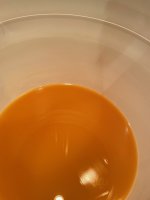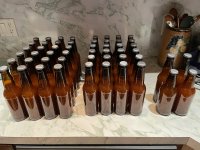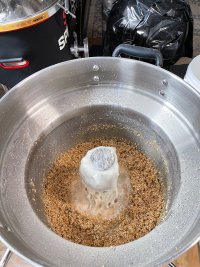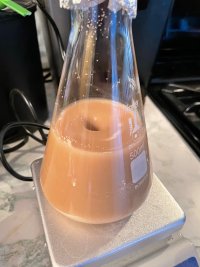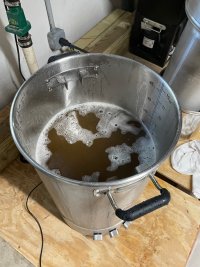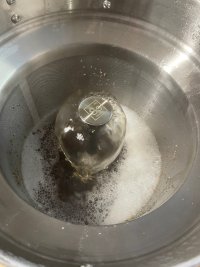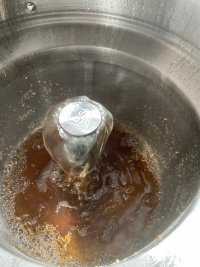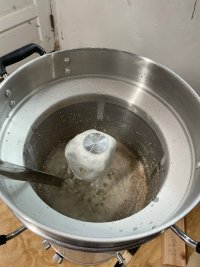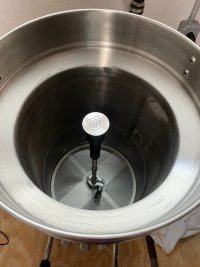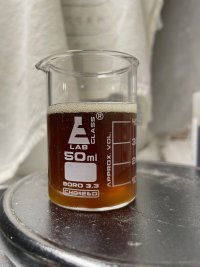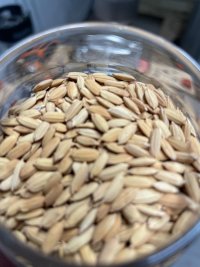Thanks for saying this. So is there a chance that by next Saturday these off scents will go away?
I think it should be fine. Without major mishaps, mold won't grow in or on your beer. I always taste my bottles early and I find that after a week they often still have a bit of priming sugar etc. The refermentation just isn't done yet, and you might very well get some off-flavours during that phase.
Obviously, I don't know anything about this brew of yours. I'm just saying that a taste after a week in the bottle isn't all that much of an indication either way.
I recall one of my first brews. I didn't have enough empty bottles, so I picked up a crate of empty bottles at a friend's. He hadn't rinsed them after drinking and they had been sitting on his balcony for a while. It was disgusting.
I cleaned them using a long hot soak with dishwasher detergent and poured in boiling water afterwards. I decided to never do that again, since it's so labour intensive (but eh, I was a grad student at the time, so whatever).
Drinking the beer, there actually was a single bottle that I felt tasted off. Not disgusting, but off.
So if there really *was* something in that bottle you had, it may also have been just inside that one bottle.




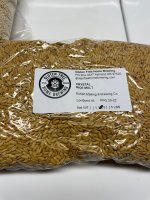
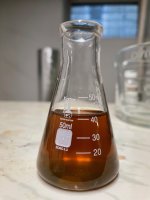
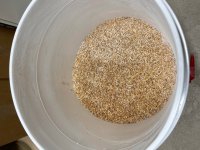

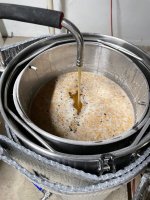

























































![Craft A Brew - Safale S-04 Dry Yeast - Fermentis - English Ale Dry Yeast - For English and American Ales and Hard Apple Ciders - Ingredients for Home Brewing - Beer Making Supplies - [1 Pack]](https://m.media-amazon.com/images/I/41fVGNh6JfL._SL500_.jpg)




